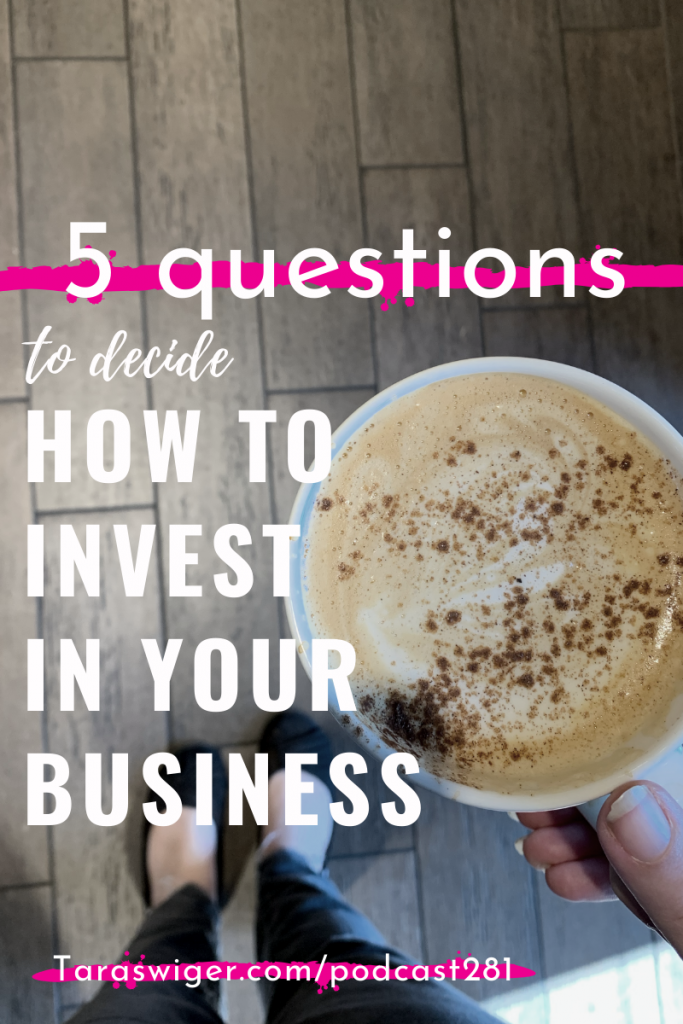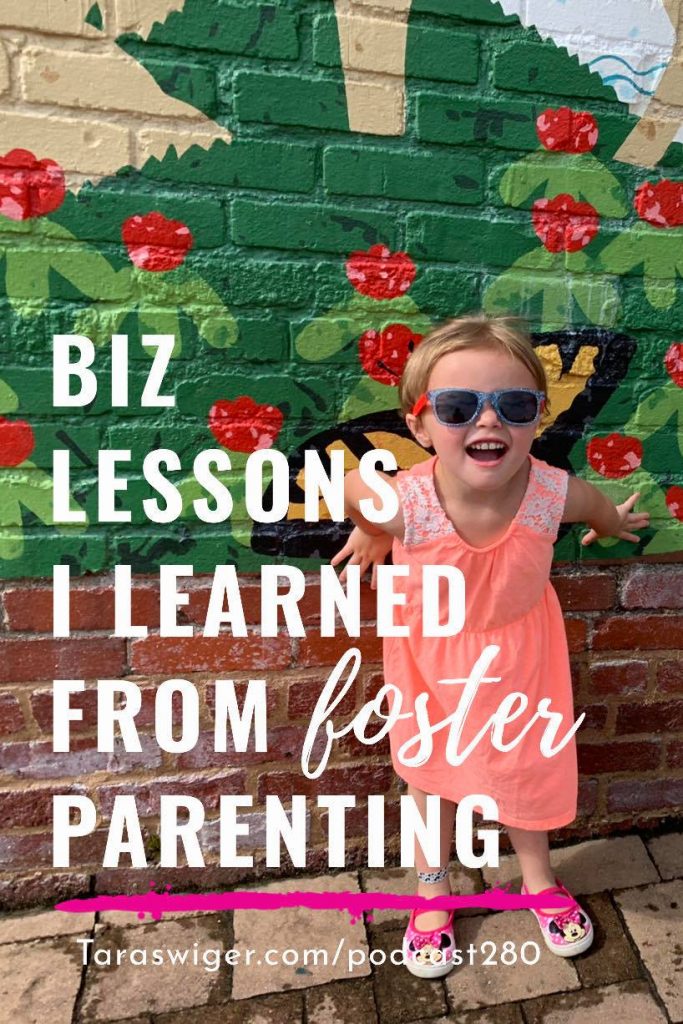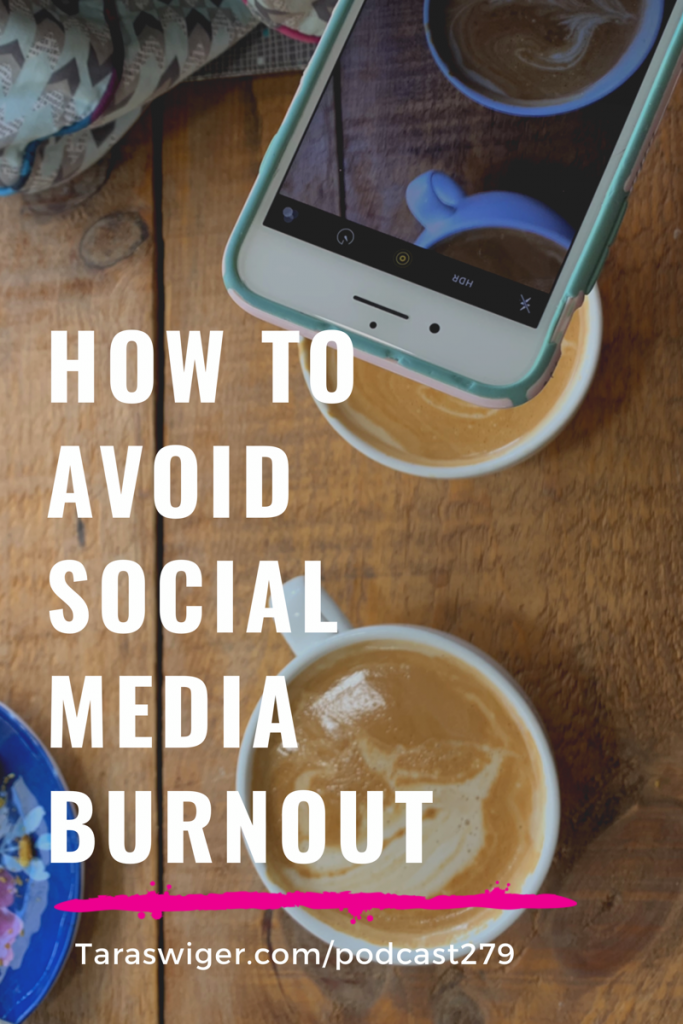Happy Holidays!
Ok, so I just filled your heart with dread, didn’t I?! If you are a shopper, it’s annoying to see ANY holiday stuff months before the holiday begins, it’s like Live in the NOW, man!… but if you own and run a shop, it is VITAL to plan for your holiday season… starting right about now.
This week I am going to help you make a PLAN for getting everything out of the holiday season that you want to! We’re going to set a goal, creating a vision for what you want out of the season, then we are going to talk about math (very briefly!) and marketing.
This can be your most profitable time of year, but so that it can be your most peaceful time of year! Or at the very least, not absolutely miserable! Your holiday season may start now, or American Thanksgiving and go through the last night of Hanukkah, or New Year’s Day, or all the way through the Epiphany.
Sidenote: I wrote this whole episode and then realized that these steps are exactly what I guide your WHOLE business through in my free masterclass. If you want to go a LOT deeper, check it out at taraswiger.com/foundations.
Let’s dive in!
Your Goal
The first step to creating ANYTHING you want, and especially something with as many moving parts as your holiday season, is to set a goal or cast a vision, what do you want to get out of this season? What do you need to do, and by when?
Let’s get more specific:
How much do you want to make in sales?
What activities and events do you want to do this holiday season?
(This may be everything from a big holiday show, to offering a Thanksgiving custom order, to buying a new menorah, to cutting down a Christmas tree. List it ALL out.)
What deadlines do you have?
Shipping deadlines:
Shopping deadlines:
Event deadlines:
Other deadlines:
What isn’t on this list but is important for you to do or experience this season?
Now for the most important question: How do you want to FEEL?
Math
The next step is to look at the actual math – calendar math and profit math. The calendar math is pretty straight forward – put all of the dates on your calendar AND put all the deadlines. Now put a star on your list of all the things that are going to take more than 1-2 hours. (You need bigger chunks of time for these things).
Now you have to switch to profit math before we come back to calendar math.
Look at your sales goal – how much money do you want to make (monthly or over the two months, either answer is fine)?
Now, with your current overhead and at the profit margin of each item, how many items will you need to sell to hit this number? (Don’t know your overhead or profit margin? You need the Foundations – learn more at TaraSwiger.com/foundations.)
Once you know that number, you know how many things you need to sell! This is important because first, you need to HAVE this many items. I can’t believe how many shops want to make $1000/month but have less than $500 in stock. Now, if you’re a designer or you sell services, you can do the math – of the things I have for sale, how many of each will I need to sell, and you can skip right to marketing those things.
As a product seller, if you don’t have that many things in your shop, before you worry about marketing, you need to focus on production – MAKE enough stuff.
That’s where we come back to the calendar – how much stuff will you have for each show you have scheduled? How many items will you have by Black Friday or Cyber Monday? I recommend getting your shop STOCKED UP before American Thanksgiving, so you can focus on filling and shipping orders and enjoying your holiday.
Marketing Tip: Focusing on production doesn’t mean you don’t do any marketing, this is prime time to be showing the PROCESS. Show what your studio looks like! Show your pile of products ready for the holidays. Show the day to day of creating.
Back to the calendar – for you to have the amount of items you need by your deadlines, when will you make them? What days are production days? Set a realistic production schedule, including the fun stuff you want to do this holiday season (in other words, if you want to spend a day baking cookies, don’t plan to spend that day on production)
Stress Free Tip: If you’ve never had a production schedule before, you’re going to find that spending the time thinking about it NOW takes so much stress off the day to day.
Communicate
The key to meeting your holiday goals is communication – with your family, with your customers, and honesty with yourself!
Before we jump into business communication, you need to communicate with your family! What are their expectations from you? What do they want to do together? What are you letting go of?
Reminder: You have permission to let go of any holiday tradition that is not serving you.
And to adopt new ones that feel better. This will go smoother if you communicate with the other people involved!
If you need to be heavily into production for the next month, let your partner and friends know! Ask them for the support you’ll need in this time!
If you need to label items while you watch Elf with the kids, let them know! (If they don’t have sticky-cookie fingers, they can help!)
Whatever you need from the people in your life, let them know!
Of course this applies to your business too! It can be a real struggle to stay consistent with your marketing communication in busy seasons. But if you want increased sales, this is the time where you need to stay consistent.
How to balance it? Make a plan!
Decide what you’re going to say, when, and write it out ahead of time. Spend some time in early November writing some Instagram captions, sales emails, blog posts – however you communicate with your people, you can write it out ahead of time.
This is why we have already worked on the calendar – it will now tell you when shipping deadlines are – this is one of the most important things for you to communicate, several times, so your people (who are also busy and distracted) don’t miss it! Right now schedule when you’re going to send shipping deadline reminders (if you’re not sure what to do, announce it 2 weeks out, 1 week out, 2 days and final day. YES that many times!). You may have a shipping deadline for Christmas, one for the last night of Hannukah, or any other date that is important to your people. If you make your items to order, then your order-by date is going to be even earlier!
Once you’ve got your shipping and ordering deadline messages scheduled, look at any other event:
Are you going to be at a holiday show? Schedule your messages about that.
Are you doing a big Black Friday deal, go on and schedule your messages about that.
What else do you want to share about this holiday season?
Do you want to show your item in use during this season? Stage some photos and take them now.
Do you want to share your own holiday traditions? Schedule those posts.
Do you want to talk about your feelings around the holidays? Schedule that!
Do you have weekly content? Be sure to schedule time to point people back to that.
I know this sounds like a lot, but don’t get overwhelmed. The first step is to identify what you want to post when, the next step is to actually get it together (images and writing the words) and the final step is to schedule it (using a tool like Later for Instagram/Facebook).
To be honest, I plan a month or two in advance, but I don’t get my content together until the week of, and for most of my business life, I haven’t scheduled things more than a week in advance. Now that I have toddlers and more chaos in my schedule, I’m needing to get a bit more ahead of it than that, so your particular scheduling cadence is going to be related to your particular life.
To recap, you’re going to get your shop ready for the holidays by: setting your goal and casting a vision for what you want the holidays to be like, doing profit and calendar math so you know you CAN make it the way you want it, and then communicating that to both your loved ones and your customers.
As a reminder, you can dive deeper into goals, profit and marketing plans in my free Masterclass, at TaraSwiger.com/foundations.
How to listen
- You can subscribe to it on iTunes (If you do, leave a review!)
- You can listen to it using the player above or download it.
- Subscribe or listen via Stitcher (or subscribe in whatever you use for podcasts – just search “Explore Your Enthusiasm” and it should pop up!).






